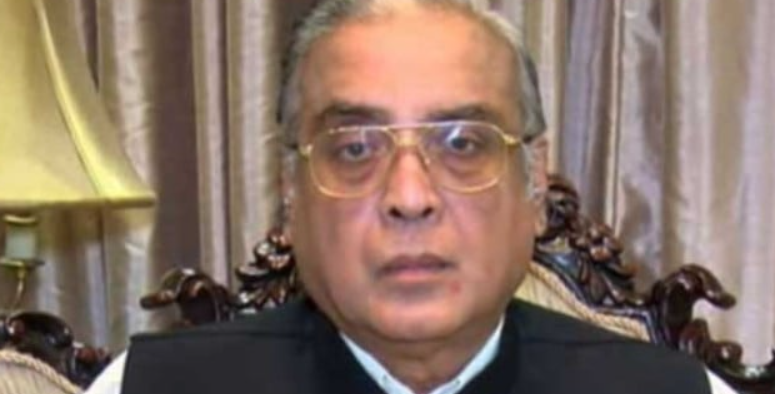Pakistan’s Economic Challenges Stagnant Growth, Rising Debt, and Urgent Reforms

Pasha noted that Pakistan’s average GDP growth over the last four years stood at 2.5%, mirroring the population growth rate. This stagnant income growth highlighted the need for economic reforms. He cited factors such as the impact of COVID-19 and natural disasters like floods as hurdles faced by the economy.
Highlighting concerning statistics, Pasha pointed out that over the last 15 years, exports had only increased by 2% annually, while imports surged by 8% to 9% annually. This trend led to a widening current account deficit, which stood at $19 billion in 2017-18, with external debt surpassing $130 billion. Additionally, unemployment had risen to 10.5%, with poverty rates escalating from 33% to 45%.
LCCI President Kashif Anwar echoed these concerns, particularly underscoring the adverse effects of rupee devaluation on inflation and external debt. He stressed the urgency of addressing issues within state-owned enterprises, advocating for privatization or restructuring.
Responding to these challenges, the former finance minister proposed several solutions. He highlighted the importance of boosting exports and tax revenue, suggesting the reintroduction of schemes like the bonus voucher scheme from the 1960s to incentivize exports. Drawing inspiration from Bangladesh’s model, he proposed diversifying the tax base to include sectors like agriculture and real estate.









